Discover how the big, bold ideas of Silicon Valley are helping launch a new era of private space exploration in this half-hour KQED Science documentary. From space tourism to mining the moon to companies ferrying NASA astronauts into space, a new wave of commercialization is shaking up the $300-billion global space industry. Meet a new generation of entrepreneurs, sprung from the high-tech culture of Silicon Valley, who are venturing into the new "wild west" of space exploration in search of their space gold. But are there new risks when space is no longer the exclusive domain of big governments?
Related Movies

AI's sacrifices (2025)
Magical, autonomous, all-powerful… Artificial intelligences feed our dreams as well as our nightmares. But while tech giants promise the advent of a new humanity, the reality of their production remains totally hidden. While data centers are concreting landscapes and drying up rivers, millions of workers around the world are preparing the billions of data that will feed the voracious algorithms of Big Tech, at the cost of their mental and emotional health. They are hidden in the belly of AI. Could they be the collateral damage of the ideology of “Longtermism” that has been brewing in Silicon Valley for several years?

Bob Lazar: Area 51 and Flying Saucers (2018)
Area 51, flying saucers from another world - and the program to create a fierce technology. Bob Lazar remains the singular most famous and controversial name in the world of UFOs. The reason you know about Area 51 is because Lazar came forward and told you about it. His disclosures have turned his life upside-down and he has tried to stay out of the spotlight. For this reason, he has never let any filmmaker into the private world of his daily life - that is - until now. Corbell’s film explores Lazar’s claims through the lens of thirty years - providing rare and never before revealed footage - guaranteed to alter the landscape of the debate.
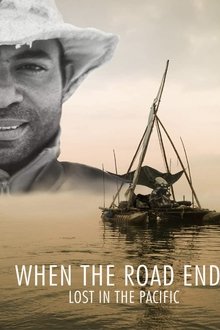
When the Road Ends (2020)
Growing up in poverty as a child, Dylan dreamt of travelling the world on a motorcycle. Many years later he broke the shackles of a normal life and took to the road. After journeying 200,000km across four continents, the road from Panama to Colombia comes to an end, swallowed up by an impenetrable jungle. Dylan has no choice but to take to the sea, building a raft powered by his motorcycle engine in the hope of reaching Colombia's road network 700km away. He must brave strong ocean currents and storm batterings in his journey from Central to South America.—Journeyman Pictures

Great Explorers (2000)
The perilous catastrophes of one of history's most epic adventures - the lost voyage of Columbus. The thrilling stories of men like Hudson, Ribault and Bering who stopped at nothing to conquer an unknown land and its peoples. The 20-year journey of Marco Polo through China, India, the Middle East and Southeast Asia. An in-depth portrait of Lewis and Clark and their journey from Missouri to the Pacific Ocean. The riveting story of soldier, adventurer, explorer and the first Conquistador Ponce de Leon. A journey into the vast continent of Africa with Henry Stanley and David Livingstone. Take a ride along the greatest ships of the Old World and an expedition with John Wesley Powell into the last unknown territory of the U.S - the Grand Canyon. Join a team of explorers in the hunt for Magellan's lost fleet. Follow a team of historical detectives as they examine the raiding and plundering of the Vikings. And journey to the bottom of the earth to learn the frozen history of Antarctica.
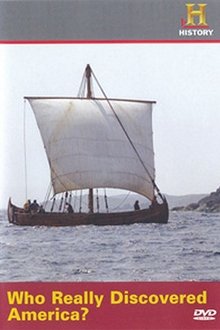
Who Really Discovered America? (2010)
Examining theories about the discovery of America long before Christopher Columbus' 1492 voyage by explorers from such places as China, Japan, Wales and Ireland.
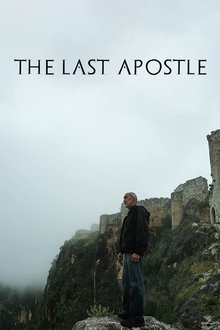
The Last Apostle: Journies in the Holy Land (2020)
Dr. Mark Fairchild, world-renowned archaeologist, traces the hidden years of Saint Paul's life in the mountainous Turkish countryside of Rough Cilicia.
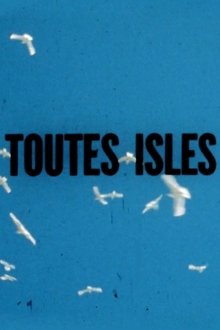
The Land of Jacques Cartier (1963)
Did Cartier dream of making a country from this land of a million birds? In his records of his exploration he certainly marvelled at seeing the great auks that have since disappeared from Isle aux Ouaiseaulx, the razor-bills and gannets that are gone from Blanc-Sablon, and the kittiwakes from Anticosti, all the winged creatures of all the islands which he described as being "as full of birds as a meadow is of grass". And that's not even counting the countless snow geese.
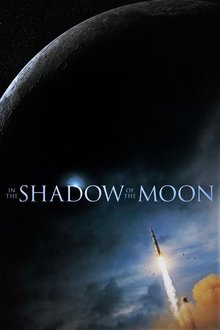
In the Shadow of the Moon (2007)
Archival material from the original NASA film footage – much of it seen for the first time – plus interviews with the surviving astronauts, including Jim Lovell, Dave Scott, John Young, Gene Cernan, Mike Collins, Buzz Aldrin, Alan Bean, Edgar Mitchell, Charlie Duke and Harrison Schmitt.
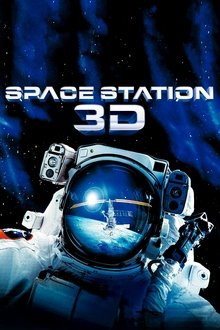
Space Station 3D (2002)
Some 220 miles above Earth lies the International Space Station, a one-of-a-kind outer space laboratory that 16 nations came together to build. Get a behind-the-scenes look at the making of this extraordinary structure in this spectacular IMAX film. Viewers will blast off from Florida's Kennedy Space Center and the Baikonur Cosmodrome in Russia for this incredible journey -- IMAX's first-ever space film. Tom Cruise narrates.
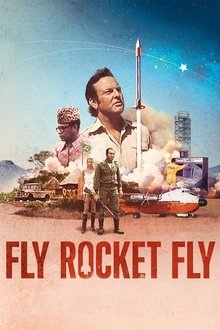
Fly Rocket Fly (2018)
A long time ago, years before Elon Musk reached for the stars with his Space X project, a young man had his own childhood dream about a journey into space. This documentary tells the fantastic story of German astrophysicist Lutz Kayser who developed the world's first private space company. He did this under the curious and concerned eyes of secret services around the world.

Road to the Stars (1957)
This film consists of three parts. The first dramatizes the life of the founder of Soviet astronautics, Konstantin Tsiolkovsky; the second describes the development of rocket technology; and the third visualizes the future with enactments of the first manned spaceflight, spacewalk, space station construction and humans on the moon.
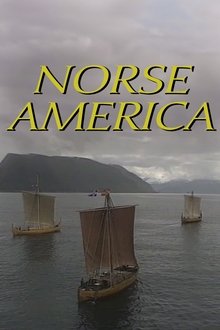
Norse America (1994)
Documentary correlating contemporary archaeological discoveries in the Far North with the descriptions of Viking explorations and settlements detailed in the Icelandic sagas, suggesting a pattern of exploration and trading that extended over the circumpolar region for thousands of years before Columbus' celebrated voyage.
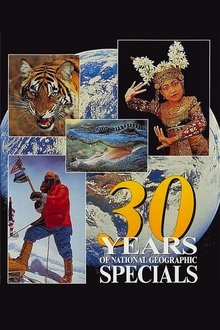
30 Years of National Geographic Specials (1995)
Celebrates 30 years of televised specials by The National Geographic Society.
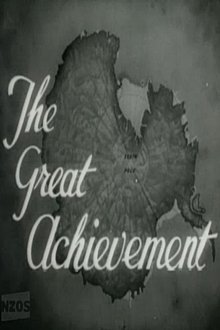
The Great Achievement (1958)
A documentary about New Zealanders in Antarctica: researching International Geophysical Year, and supporting the Trans-Antarctic Expedition by laying supply depots for Vivian Fuchs’ overland crossing.
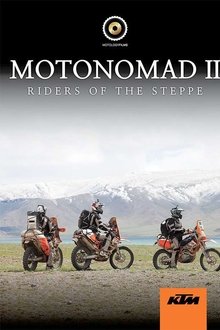
Motonomad II (2016)
From Kazakhstan through to Russia, three riders venture deep into Siberia's Altai Mountain range and attempt to cross the great Steppes of Mongolia. Traversing flooded rivers, snow capped mountains and baking hot deserts, hardship tests their friendship as they race toward the capital of Mongolia to witness the country's greatest celebration, the Naadam festival. Their epic journey is a true testament to living on a motorcycle, and a cultural insight into one of the greatest empires in the history of the world, the reign of Chingis Khan's Mongolian Horde. Motonomad II is more than a motorcycle journey, it's a life adventure.
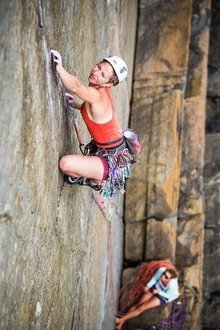
First Ascent / Last Ascent (2020)
Best friends Hazel Findlay and Maddy Cope journey to the rocky outer reaches of Mongolia, on a quixotic search for new trad routes.
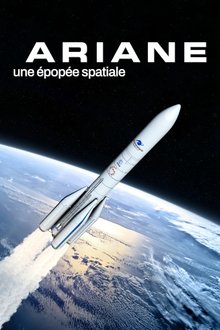
Ariane: A Space Epic (2021)
The history of the Ariane rocket is a space epic that has seen Europeans unite and innovate to make a place for themselves in the space race. Faced with Soviet and then American supremacy, men and women from the four corners of Europe have achieved the impossible. Ariane has become a true monument, thanks to the passion of those who dreamed of it and to their tenacity in the face of the various obstacles that stood in their way. This undeniable European success is now at a turning point in its history. The new Ariane 6 program is currently being developed to meet the challenges of tomorrow: will it be able to meet the challenges of a more competitive environment than ever before?

Something Ventured (2011)
Apple. Intel. Genentech. Atari. Google. Cisco. Stratospheric successes with high stakes all around. Behind some of the world's most revolutionary companies are a handful of men who (through timing, foresight, a keen ability to size up other people, and a lot of luck) saw opportunity where others did not: these are the original venture capitalists. All were backing and building companies before the term 'venture capital' had been coined: companies that led to the birth of biotechnology and the spectacular growth in microprocessors, personal computers and the web. SOMETHING VENTURED uncovers the ups and downs of the building of some of the greatest companies of the twentieth century, and the hidden dramas behind some of the most famous names in business.

